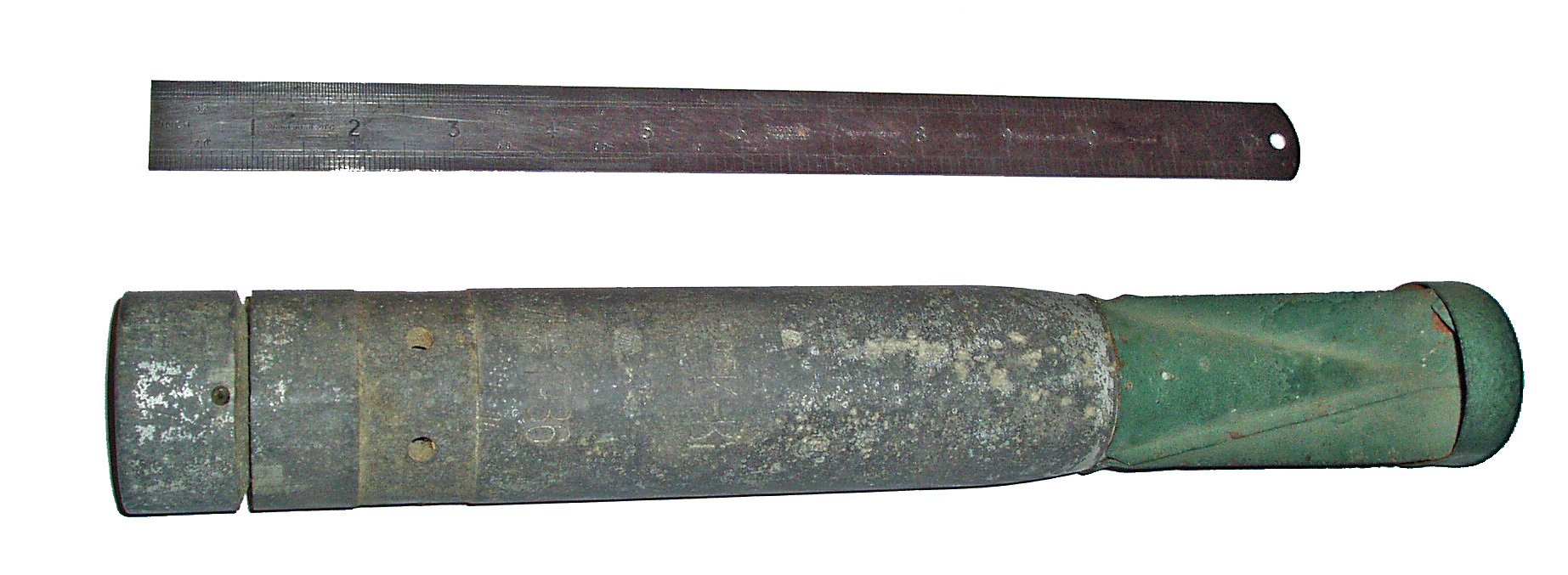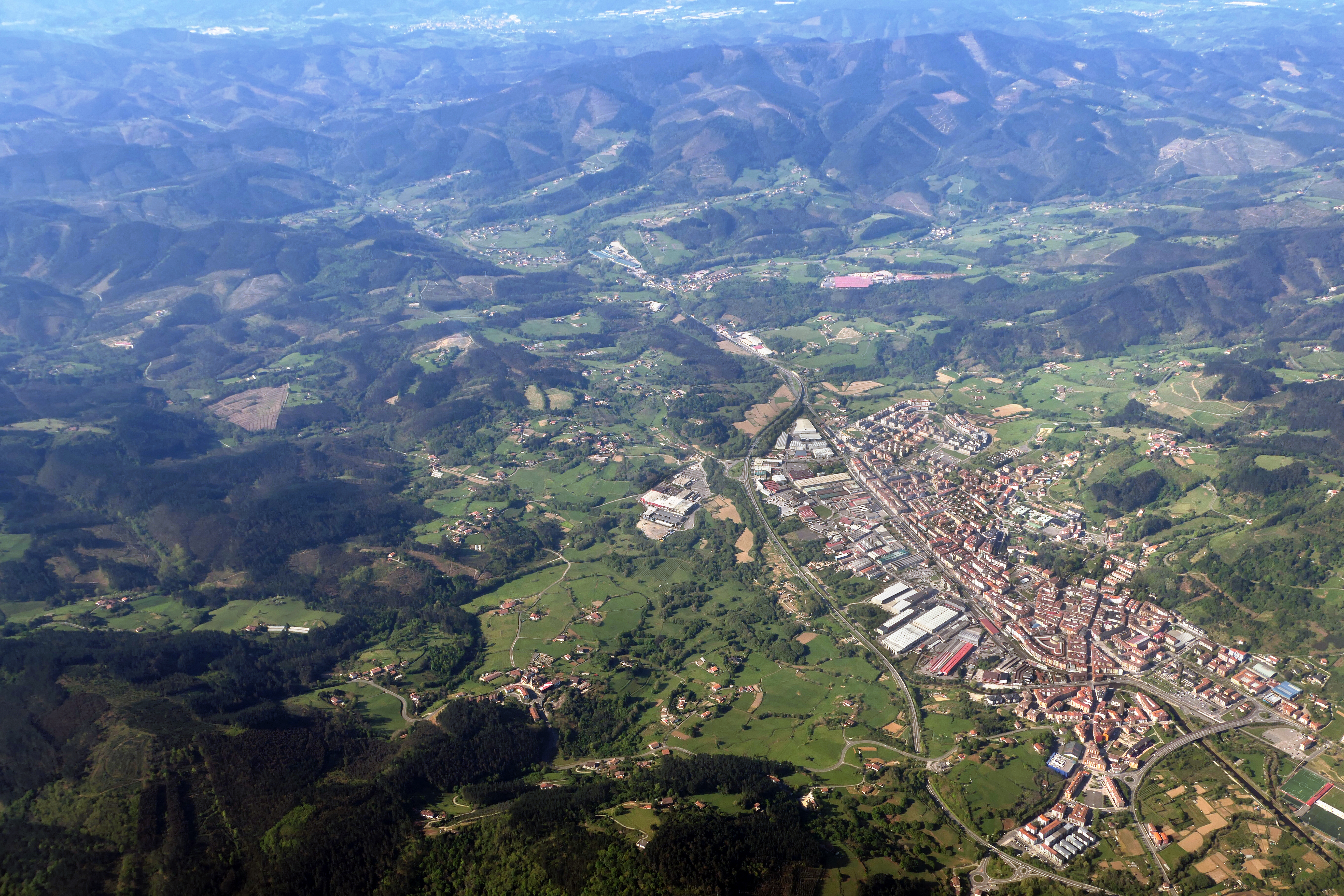|
Bombing Of Guernica
On 26 April 1937, the Basque town of Guernica (''Gernika'' in Basque) was aerially bombed during the Spanish Civil War. It was carried out at the behest of Francisco Franco's rebel Nationalist faction by its allies, the Nazi German Luftwaffe's Condor Legion and the Fascist Italian Aviazione Legionaria, under the code name Operation Rügen. The town was being used as a communications centre by Republican forces just behind the front line, and the raid was intended to destroy bridges and roads. The operation opened the way to Franco's capture of Bilbao and his victory in northern Spain. The attack gained controversy because it involved the bombing of civilians by a military air force. Seen as a war crime by some historians and argued as a legitimate attack by others, it was one of the first aerial bombings to capture global attention. Under the international laws regarding aerial warfare in 1937, Guernica was a legitimate military target. The number of victims is still disput ... [...More Info...] [...Related Items...] OR: [Wikipedia] [Google] [Baidu] |
Spanish Civil War
The Spanish Civil War () was a military conflict fought from 1936 to 1939 between the Republican faction (Spanish Civil War), Republicans and the Nationalist faction (Spanish Civil War), Nationalists. Republicans were loyal to the Left-wing politics, left-leaning Popular Front (Spain), Popular Front government of the Second Spanish Republic. The opposing Nationalists were an alliance of Falangism, Falangists, monarchists, conservatives, and Traditionalism (Spain), traditionalists led by a National Defense Junta, military junta among whom General Francisco Franco quickly achieved a preponderant role. Due to the international Interwar period#Great Depression, political climate at the time, the war was variously viewed as class struggle, a War of religion, religious struggle, or a struggle between dictatorship and Republicanism, republican democracy, between revolution and counterrevolution, or between fascism and communism. The Nationalists won the war, which ended in early 1939, ... [...More Info...] [...Related Items...] OR: [Wikipedia] [Google] [Baidu] |
Bundesarchiv Bild 183-H25224, Guernica, Ruinen
The German Federal Archives or Bundesarchiv (BArch) (, lit. "Federal Archive") are the national archives of Germany. They were established at the current location in Koblenz in 1952. They are subordinated to the Federal Commissioner for Culture and the Media (Claudia Roth since 2021) under the German Chancellery, and before 1998, to the Federal Ministry of the Interior (Germany), Federal Ministry of the Interior. On 6 December 2008, the Archives donated 100,000 photos to the public, by making them accessible via Wikimedia Commons. History The federal archive for institutions and authorities in Germany, the first precursor to the present-day Federal Archives, was established in Potsdam, Brandenburg in 1919, a later date than in other European countries. This national archive documented German government dating from the founding of the North German Confederation in 1867. It also included material from the older German Confederation and the Imperial Chamber Court. The oldest docum ... [...More Info...] [...Related Items...] OR: [Wikipedia] [Google] [Baidu] |
Ruins
Ruins () are the remains of a civilization's architecture. The term refers to formerly intact structures that have fallen into a state of partial or total disrepair over time due to a variety of factors, such as lack of maintenance, deliberate destruction by humans, or uncontrollable destruction by natural phenomena. The most common root causes that yield ruins in their wake are natural disasters, armed conflict, and population decline, with many structures becoming progressively derelict over time due to long-term weathering and scavenging. There are famous ruins all over the world, with notable sites originating from ancient China, the Indus Valley, ancient Iran, ancient Israel and Judea, ancient Iraq, ancient Greece, ancient Egypt, ancient Yemen, Roman, ancient India sites throughout the Mediterranean Basin, and Incan and Mayan sites in the Americas. Ruins are of great importance to historians, archaeologists and anthropologists, whether they were once individual fort ... [...More Info...] [...Related Items...] OR: [Wikipedia] [Google] [Baidu] |
Guernica
Guernica (, ), officially Gernika () in Basque, is a town in the province of Biscay, in the Autonomous Community of the Basque Country, Spain. The town of Guernica is one part (along with neighbouring Lumo) of the municipality of Gernika-Lumo (), whose population is 16,224 . On April 26, 1937, Guernica was bombed by Nazi Germany's Condor Legion and Fascist Italy's Aviazione Legionaria, in one of the first aerial bombings. The attack inspired Pablo Picasso's painting '' Guernica'', depicting his outrage at the attack. Location The village is situated in the region of Busturialdea, in the valley of the Oka river. The river ends in an estuary that gives its name to the village of Guernika. Its mouth is known as the Urdaibai's estuary's heart. Gernika borders on the following townships: * North: Forua, Kortezubi and Arratzu * East: Ajangiz * South: Muxika * West: Errigoiti History 1366-1936 The town of Guernica was founded by Tello Alfonso, Lord of Biscay, on Apri ... [...More Info...] [...Related Items...] OR: [Wikipedia] [Google] [Baidu] |
Destroyed
*
{{disambiguation ...
Destroyed may refer to: * ''Destroyed'' (Sloppy Seconds album), a 1989 album by Sloppy Seconds * ''Destroyed'' (Moby album), a 2011 album by Moby See also * Destruction (other) * Ruined (other) Ruins are the remains of man-made architecture. Ruins or ruin may refer to: History *The Ruin (Ukrainian history), a period in Ukrainian history after the death of Bohdan Khmelnytsky in 1657 Geography *Ruin, Iran, a village in North Khorasan Pr ... [...More Info...] [...Related Items...] OR: [Wikipedia] [Google] [Baidu] |
1937
Events January * January 1 – Anastasio Somoza García becomes President of Nicaragua. * January 5 – Water levels begin to rise in the Ohio River in the United States, leading to the Ohio River flood of 1937, which continues into February, leaving 1 million people homeless and 385 people dead. * January 15 – Spanish Civil War: The Second Battle of the Corunna Road ends inconclusively. * January 23 – Moscow Trials: Trial of the Anti-Soviet Trotskyist Center – In the Soviet Union 17 leading Communists go on trial, accused of participating in a plot led by Leon Trotsky to overthrow Joseph Stalin's regime, and assassinate its leaders. * January 30 – The Moscow Trial initiated on January 23 is concluded. Thirteen of the defendants are Capital punishment, sentenced to death (including Georgy Pyatakov, Nikolay Muralov and Leonid Serebryakov), while the rest, including Karl Radek and Grigory Sokolnikov are sent to Gulag, labor camps and later murdered. They were i ... [...More Info...] [...Related Items...] OR: [Wikipedia] [Google] [Baidu] |
Aerial Bombing Of Cities
The aerial bombing of cities is an optional element of strategic bombing, which became widespread in warfare during World War I. The bombing of cities grew to a vast scale in World War II and is still practiced today. The development of aerial bombardment marked an increased capacity of armed forces to deliver ordnance from the air against combatants, military bases, and factories, with a greatly reduced risk to its ground forces. The killing of civilians and non-combatants in bombed cities has variously been a deliberate goal of strategic bombing, or unavoidable collateral damage resulting from intent and technology. A number of multilateral efforts have been made to restrict the use of aerial bombardment so as to protect non-combatants and other civilians. Before World War I Kites Incendiary kites were first used in warfare by the Chinese. [...More Info...] [...Related Items...] OR: [Wikipedia] [Google] [Baidu] |
Guernica (town)
Guernica (, ), officially Gernika () in Basque, is a town in the province of Biscay, in the Autonomous Community of the Basque Country, Spain. The town of Guernica is one part (along with neighbouring Lumo) of the municipality of Gernika-Lumo (), whose population is 16,224 . On April 26, 1937, Guernica was bombed by Nazi Germany's Condor Legion and Fascist Italy's Aviazione Legionaria, in one of the first aerial bombings. The attack inspired Pablo Picasso's painting '' Guernica'', depicting his outrage at the attack. Location The village is situated in the region of Busturialdea, in the valley of the Oka river. The river ends in an estuary that gives its name to the village of Guernika. Its mouth is known as the Urdaibai's estuary's heart. Gernika borders on the following townships: * North: Forua, Kortezubi and Arratzu * East: Ajangiz * South: Muxika * West: Errigoiti History 1366-1936 The town of Guernica was founded by Tello Alfonso, Lord of Biscay, on April ... [...More Info...] [...Related Items...] OR: [Wikipedia] [Google] [Baidu] |
Basque Country (autonomous Community)
The Basque Country or Basque Autonomous Community (), also officially called Euskadi (), is an Autonomous communities of Spain, autonomous community in northern Spain. It includes the Basque provinces of Álava, Araba, Biscay, Bizkaia, and Gipuzkoa. It surrounds two enclaves called Treviño enclave, Treviño (Province of Burgos, Burgos) and Valle de Villaverde (Cantabria). The Basque Country was granted the status of ''Nationalities and regions of Spain, nationality'', attributed by the Spanish Constitution of 1978. The autonomous community is based on the Statute of Autonomy of the Basque Country, a foundational legal document providing the framework for the development of the Basque people on Southern Basque Country. Parallelly, Navarre, which narrowly rejected a joint statute of autonomy in 1932, was granted a separate chartered statute in 1982. Currently there is no official capital in the autonomous community, but the city of Vitoria-Gasteiz, in the province of Álava, is ... [...More Info...] [...Related Items...] OR: [Wikipedia] [Google] [Baidu] |
Spain
Spain, or the Kingdom of Spain, is a country in Southern Europe, Southern and Western Europe with territories in North Africa. Featuring the Punta de Tarifa, southernmost point of continental Europe, it is the largest country in Southern Europe and the fourth-most populous European Union member state. Spanning across the majority of the Iberian Peninsula, its territory also includes the Canary Islands, in the Eastern Atlantic Ocean, the Balearic Islands, in the Western Mediterranean Sea, and the Autonomous communities of Spain#Autonomous cities, autonomous cities of Ceuta and Melilla, in mainland Africa. Peninsular Spain is bordered to the north by France, Andorra, and the Bay of Biscay; to the east and south by the Mediterranean Sea and Gibraltar; and to the west by Portugal and the Atlantic Ocean. Spain's capital and List of largest cities in Spain, largest city is Madrid, and other major List of metropolitan areas in Spain, urban areas include Barcelona, Valencia, Seville, ... [...More Info...] [...Related Items...] OR: [Wikipedia] [Google] [Baidu] |





